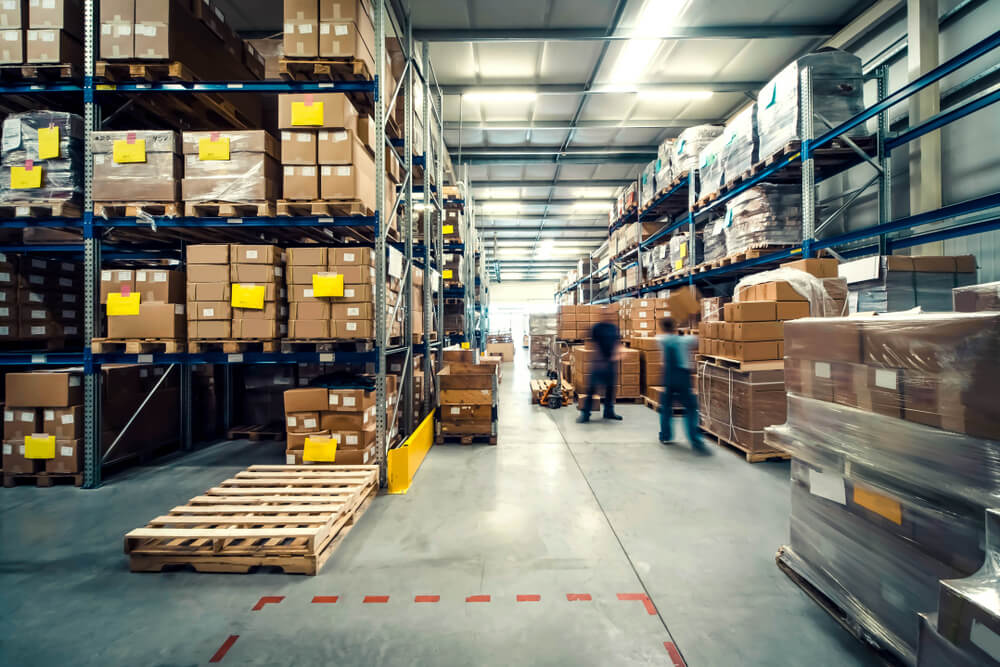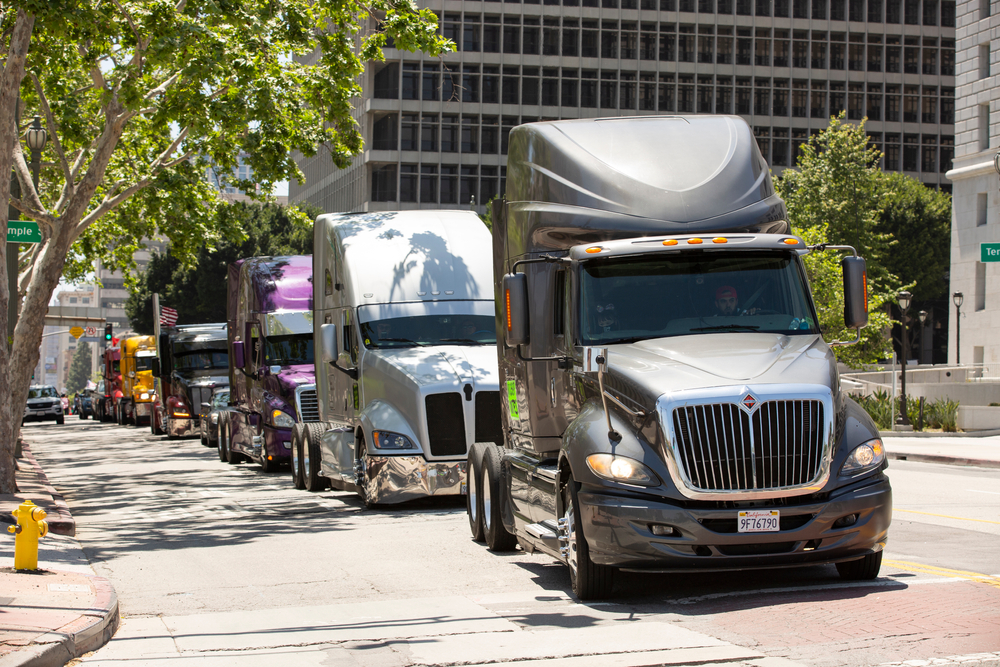
Major retailers appear to be using supply chain dominance to reassure consumers their holiday shopping needs will be met.
Walmart and Target, for example, have taken proactive measures to sidestep the bottlenecks occurring at California’s two major ports. Walmart officials became so frustrated with the unprecedented port delays that they chartered a grain cargo ship and stuffed it full of toys and consumer goods, and had the load sent away from Long Beach and Los Angeles ports.
In a similar move, Target began chartering cargo ships and directing them to alternative ports as well. Other major retailers, including Costco, Ikea, Dollar Tree, and Home Depot, have entered the private charter ship waters. These and other big box retailers are engaged in negotiating offloading schedules and paying increased fees to meet consumer demand.
Walmart and Target are also promoting their abilities directly to worried consumers. A recent post by Walmart logistics guru Joe Metzger outlines the steps the company is taking to service its customers. His blog provides detailed bullet points that include the following.
- We have chartered ships and diverted shipments through less congested ports.
- We’ve rerouted inland shipments, utilizing less conventional transportation methods to avoid rail delays.
- We have hired more than 3,000 drivers this year, with more in the pipeline.
- We’ve added storage capacity in our fulfillment and distribution network through new facilities.
Metzger’s blog post also highlighted that Walmart expected to hire upwards of 150,000 associates to handle online and brick-and-mortar capacity. That’s an intriguing number given that e-commerce rival Amazon also plans to take on 150,000 seasonal workers.
“We’re spending a lot of money on signing and incentives,” Amazon CFO Brian Olsavsky reportedly said. “And while we have very good staffing levels, it’s not without a cost. It’s a very competitive labor market out there, and certainly, the biggest contributor to inflationary pressures that we’re seeing in the business.”
Amazon officials indicated the e-commerce giant is willing to pay $18 per hour for many starting jobs and sign-on bonuses of up to $3,000 for certain positions. The organization plans to hire 100,000 people to work in shipping and handling. Its ongoing efforts to attract last-mile and Class A truckers continue to involve high salaries. Drivers reportedly average more than $50,000 annually working for Amazon, with top-tier truckers earning upwards of $92,000.
The proactive measures being taken by some of the country’s largest retailers are not considered an overreaction. Logistics professionals have dubbed the West Coast bottlenecks “Containergeddon” and do not expect products will make it to store shelves in time for Black Friday. Some believe the supply chain upheaval will result in 20-25 percent of goods sitting in cargo holds as the shopping season kicks off.
The good news for toy-buying consumers is that major retailers are doing everything possible to prevent the supply chain Grinch from stealing Christmas.
Sources: pymnts.com, ttnews.com











All the driving jobs lost from west coast rail containers is a huge number. Glad to see a shift in logistics since california governor stiffed o/o lease drivers of their jobs
Containerized freight is the lowest pay in the owner operator industry. If every broker had to be audited every year for every load pay and fuel surcharge received and what they paid out compared to promises made to the drivers then the drivers would be paid more and more people would be inclined to buy a truck and start their own business.
Divers are held accountable for their trucks and trailers by the federal DOT even a company driver is held accountable but not brokers. Fix the broker accountability problem and the port issue will go away by itself.